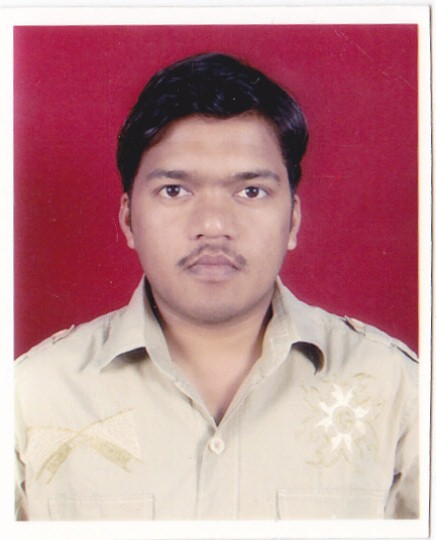| Accountancy | Business Studies | English | MIL (Hindi) | Commercial Mathematics | Economics | Banking | Insurance |
| Money and Banking | Unit-II | Unit-III | Unit-IV | Unit-V | Unit-VI | Unit-VII | Unit-VIII |
Short Questions and Answer:
Q.1. Name the India’s Central Bank.
Ans: India’s Central Bank is the Reserve Bank of India.
Q.2. What is
the main function of money in an economic system?
Ans: The
main function of money is to facilitate the exchange of goods and services i.e.,
to lessen the time and effort required to carry on trade.
Ans: Money
can be defined as anything that is generally acceptable as a means of exchange
and acts as a measure and as a store of value.
Q.4. What is the basic characteristic of money?
Ans:
The basic characteristic of money is general acceptability.
Q.5. What is legal tender money?
Ans: Legal
tender money is the money which every individual is bound to accept in exchange
of goods and services or in discharge of debts.
Q.6. What is barter exchange?
Ans: Direct
exchange of goods against goods without use of money is called barter exchange.
Q.7. What is meant by High Powered Money?
Ans: Total
liability of the monetary authority of the country, RBI, is called the monetary
base or high powered money. It is the money created or produced by RBI and
government of India.
Q.8. What is banking?
Ans: Banking
is defined as ‘accepting for purpose of lending or investments of deposit of
money from the public repayable on demand or otherwise and withdrawal by
cheque, draft, and order or otherwise.’
Q.9. Two types of banks exists in every country Central bank and commercial banks. What are Commercial Banks?
Ans: A
commercial bank is a financial institution, which performs the functions of
accepting deposits from the general public and giving loans for investment,
with the aim of earning profit.
Q.10. RBI is the central bank of India. What do you mean by a central bank?
Ans: The
central bank is the apex institution of monetary system of a country. It is
banker to the other banks and to the Government; it issues notes, controls
money supply and credit, and maintains monetary stability.
Q.11. How does central bank acts as banker to the Government?
Ans: The
Government keeps their balances in the current account with the central bank.
Similarly, central bank accepts receipts and makes payment on behalf of the Government.
Q.12. Explain the function of collection and publication of data.
Ans: Central
Bank has also been entrusted with the tasks of collection and compilation of
statistical information, relating to banking and other financial sectors of
economy.
Q.13. What governs note issuing in India?
Ans: Note
issuing is governed by the Minimum Reserve System. The entire
currency issued, has the backing of minimum gold reserve.
Q.14. What are primary deposits?
Ans: Primary
deposits are cash deposits with the commercial banks by the people.
Q.15. What is secondary deposits?
Ans: Deposits
that arise on account of loans by the banks to the people are called secondary
deposits.
Q.16. What is selective credit control?
Ans:
It refers to the discriminatory policy of the central bank in favour of certain
sectors of the economy.
Q.17. What do you mean by Cash Reserve Ratio (CRR)?
Ans:
Every commercial bank, under law, has to deposit with Central bank a minimum
percentage of its demand and its deposits. This percentage is called as CRR. A
high CRR means more reserves and fewer loans.
By changing CRR, Central bank controls the
lending capacity and credit availability of banks. Recently, RBI has raised CRR
from 5.5% to 6% w.e.f. March 3, 2007 in order to control inflation.
In case of deflation, RBI decreases the CRR.
Ans: Following
are the difficulties associated with the barter system:
a.
Lack of double
coincidence of wants
b.
Lack of common
measure of values
c.
Indivisibility of
commodities
d. Difficulty of storage and transfer of wealth
Q.19. Mention
the types of loans and advances made by banks.
Ans: The
types of loans and advances made by banks are:
a.
Cash credit
b.
Demand Loans
c.
Short-term loans
d.
Overdraft
Ans:
The functions of Central Bank are as follows:
a.
Issuing of
currency
b.
Banker to
government
c.
Banker’s bank and
supervisor
d.
Controller of
credit and money supply
e. Custodian of foreign exchange Next
